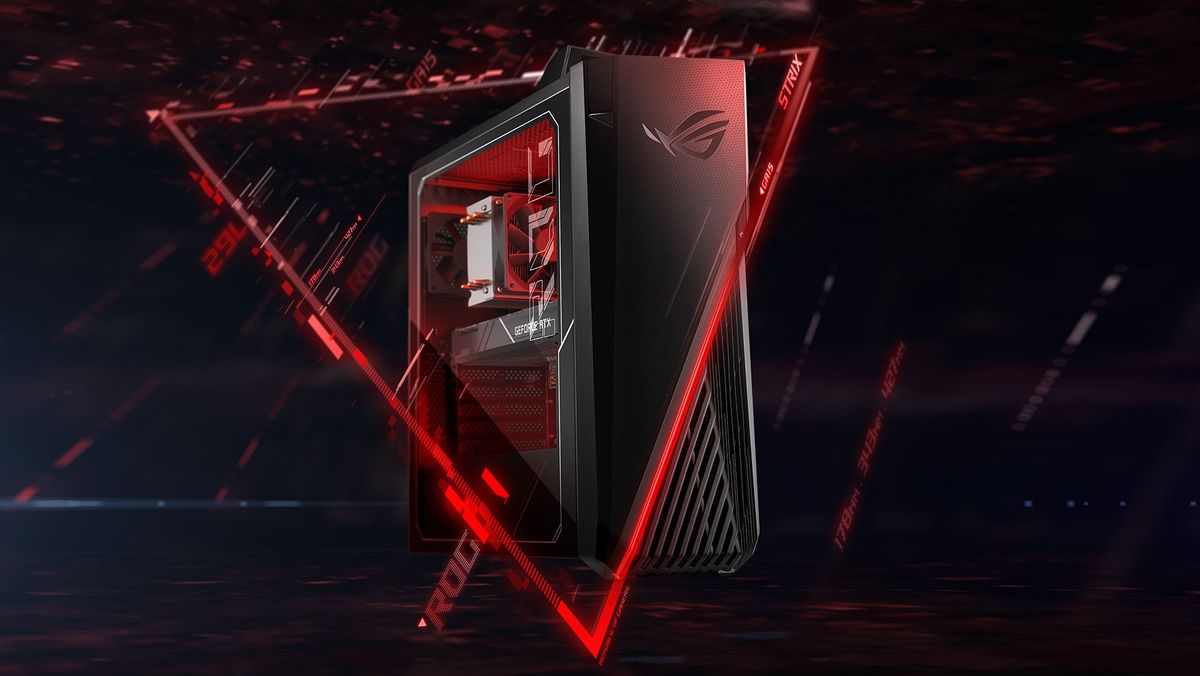For gamers who demand optimal performance from their ASUS gaming desktops, fine-tuning the system is key to a flawless gaming experience. ASUS gaming rigs pack formidable power, but without proper adjustments and updates, you might not harness their full potential. This comprehensive guide will walk you through essential tips to optimize your ASUS gaming desktop, ensuring you get the highest frame rates, quickest load times, and smoothest gameplay possible.
Updating Drivers and Software
Keeping GPU Drivers Up-to-Date
Graphics cards are at the heart of gaming performance. Regularly updating your GPU drivers can significantly improve your ASUS desktop’s efficiency. NVIDIA and AMD frequently release updates for their drivers that enhance compatibility with the latest games and often provide speed boosts. Check for updates through your GPU’s dedicated software or visit the manufacturer’s website to download the latest driver versions.
Staying on Top of Operating System Updates
The latest patches and updates on your operating system can correct performance issues and offer optimizations for gaming. Ensure you have automatic updates enabled for your Windows OS or periodically check and install updates manually. This not only keeps your system secured but can also provide performance improvements over time.
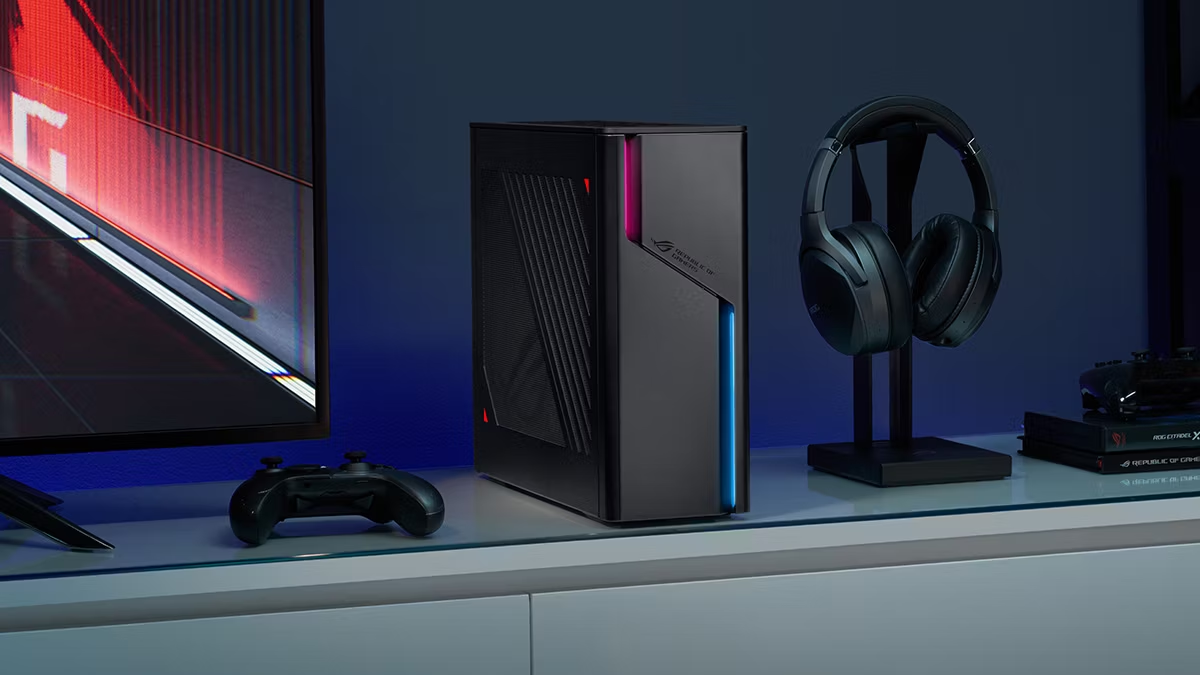
Fine-Tuning Graphics Settings
Adjusting In-Game Settings for Optimal Performance
In-game graphics settings can greatly impact performance. To optimize your ASUS gaming desktop, adjust these settings to balance visual fidelity with performance. Play around with resolution, texture quality, and shadows to find the best setup for your hardware. You may also utilize built-in optimization tools provided by some games to automatically configure settings based on your hardware capabilities.
Overclocking Your Graphics Card Safely
Overclocking your graphics card can boost gaming performance, but it should be done cautiously. Use reliable overclocking tools, such as ASUS GPU Tweak, and start with small adjustments to the clock speed and voltage. Monitor the system’s stability and temperature closely to avoid overheating or damaging components. Overclocking is optional and should be done only if you’re comfortable with the associated risks.
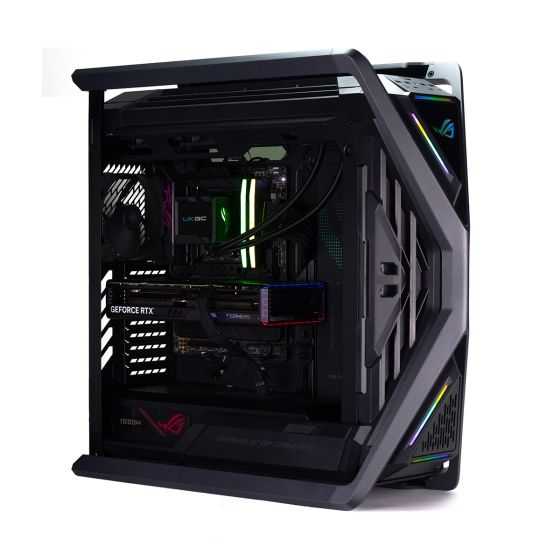
Enhancing System Cooling and Airflow
Regularly Cleaning Dust from Your Desktop
Dust buildup can hinder airflow and cause your PC to overheat, leading to reduced performance. Open your ASUS gaming desktop periodically to clean dust from fans, vents, and components. Use compressed air to blow out dust effectively, but do so gently to avoid damaging any parts.
Optimizing Fan Speeds and Cooling Solutions
An efficient cooling system can prevent thermal throttling and maintain high performance in your ASUS gaming desktop. Utilize the fan settings in your BIOS or software utilities like ASUS Fan Xpert to optimize fan speeds according to your system’s demands. Consider investing in additional cooling solutions, such as better case fans or liquid cooling systems, if your current setup doesn’t keep temperatures in check during heavy gaming sessions.
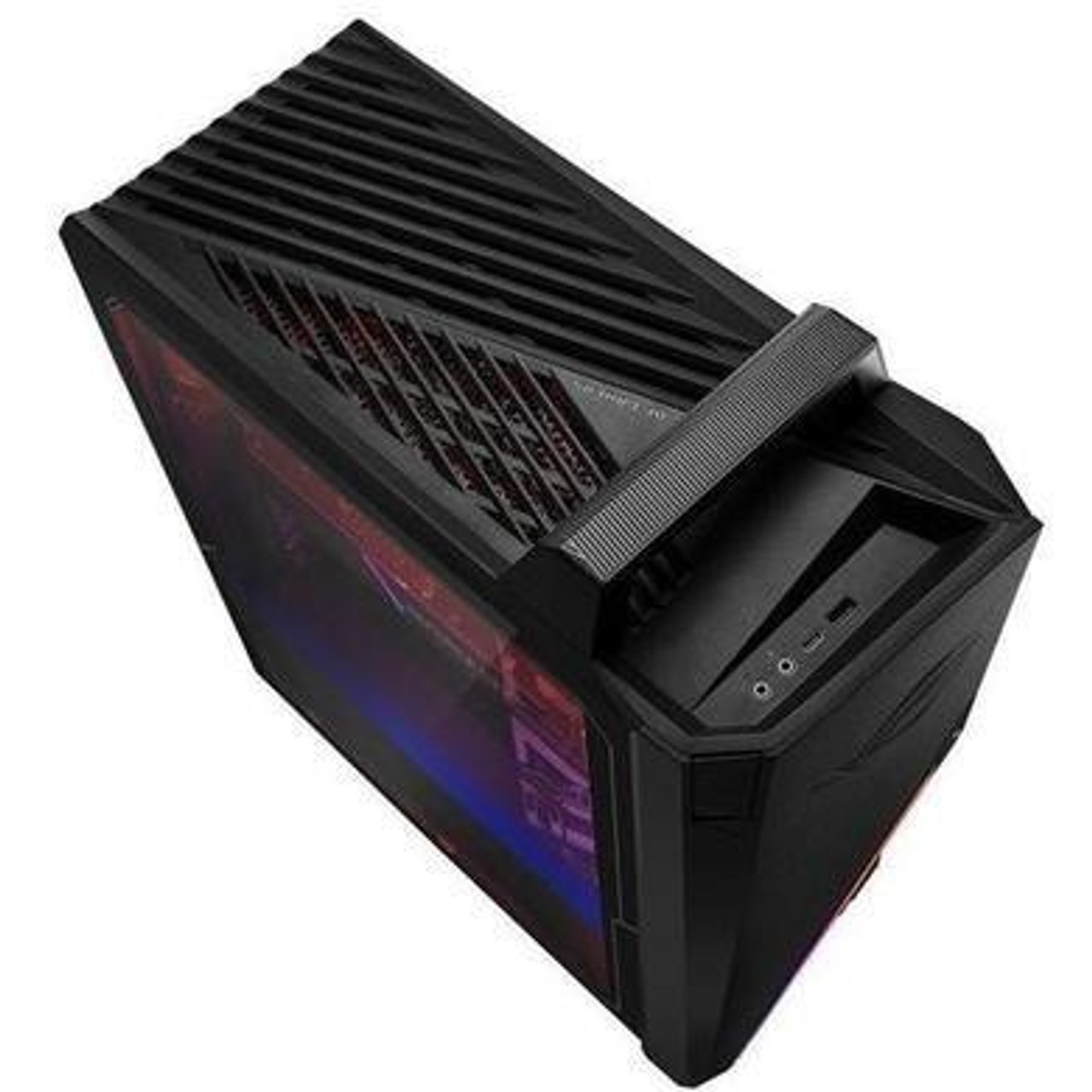
Expanding Storage and Memory
Upgrading to a Solid State Drive (SSD)
If your ASUS desktop still runs on a traditional hard drive (HDD), upgrading to a solid-state drive (SSD) will drastically improve load times and system responsiveness. SSDs are much faster and more reliable, which is why they are considered a standard for gaming PCs. Even using an SSD as a dedicated drive for your operating system and most-played games can yield significant performance gains.
Increasing RAM for Multitasking
Gaming often requires significant memory, especially when running other applications simultaneously. If you find your system struggling with multitasking or your games recommend more memory than you currently have, it might be time to increase your RAM. Invest in high-quality memory that matches your ASUS desktop’s specifications, ensuring it’s compatible with your motherboard.

Streamlining Startup and Background Processes
Managing Startup Programs
Many programs automatically set themselves to run at startup, which can slow down your system and hamper gaming performance. Use the ‘Task Manager’ or ‘System Configuration’ tool in Windows to manage startup programs, disabling those you don’t need immediately upon logging in.
Limiting Background Applications During Gameplay
Close or limit background applications before launching a game. Antivirus scans, system updates, or other software activities can use up CPU and RAM resources, negatively impacting game performance. Use the ‘Game Mode’ in Windows or dedicated gaming software like ASUS Armory Crate to prioritize gaming processes.
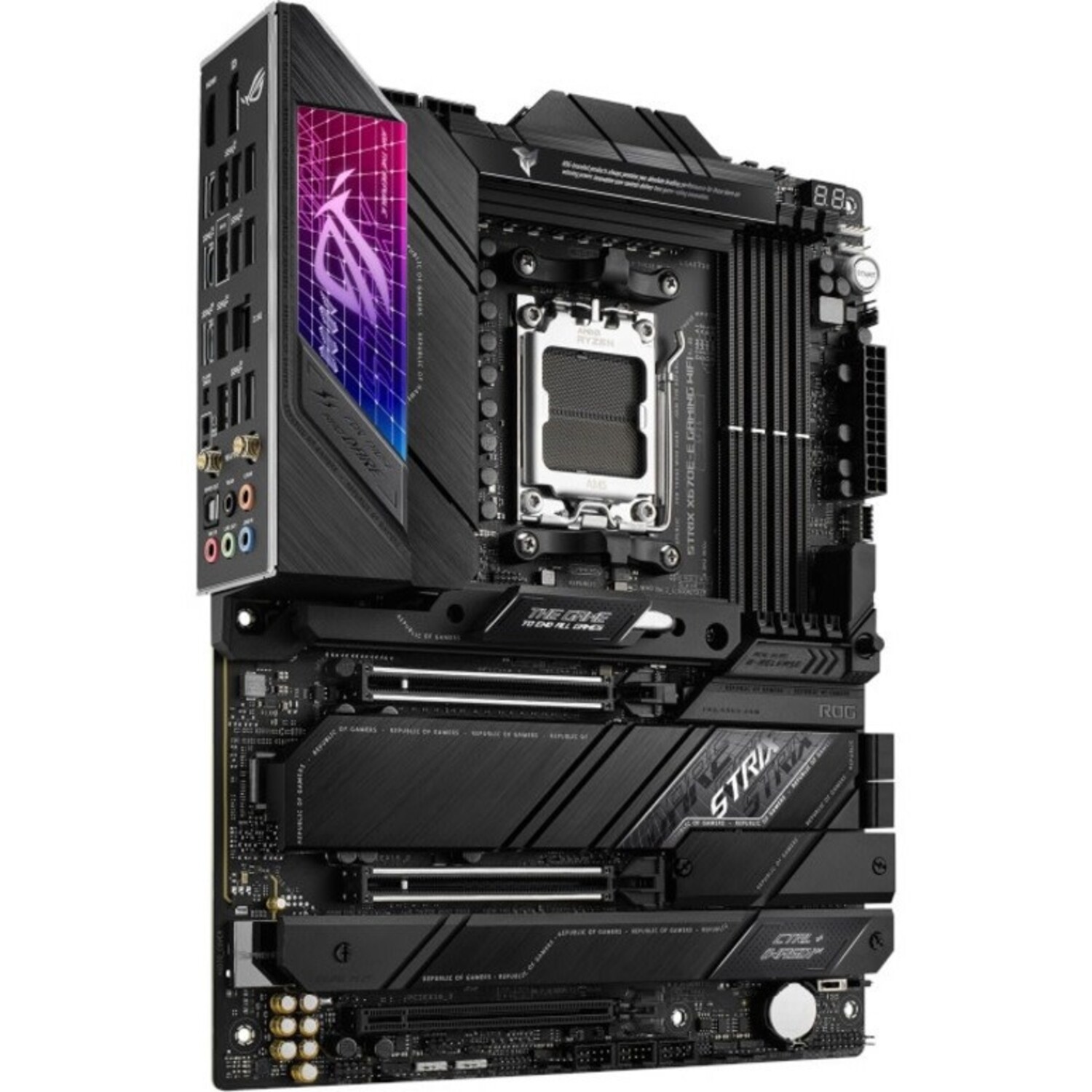
Customizing Network Settings for Online Gaming
Prioritizing Gaming Traffic on Your Network
Online gaming requires a stable internet connection. Prioritize gaming traffic in your network settings to reduce lag and improve response times. Routers with Quality of Service (QoS) settings can be configured to prioritize your gaming PC’s traffic over other devices in your home.
Reducing Latency with Wired Connections
While Wi-Fi has come a long way, a wired Ethernet connection still provides the most stable and fastest internet speed for online gaming. Connect your ASUS gaming desktop directly to your router with an Ethernet cable to minimize latency and avoid wireless interference, especially during competitive gaming sessions.
